About
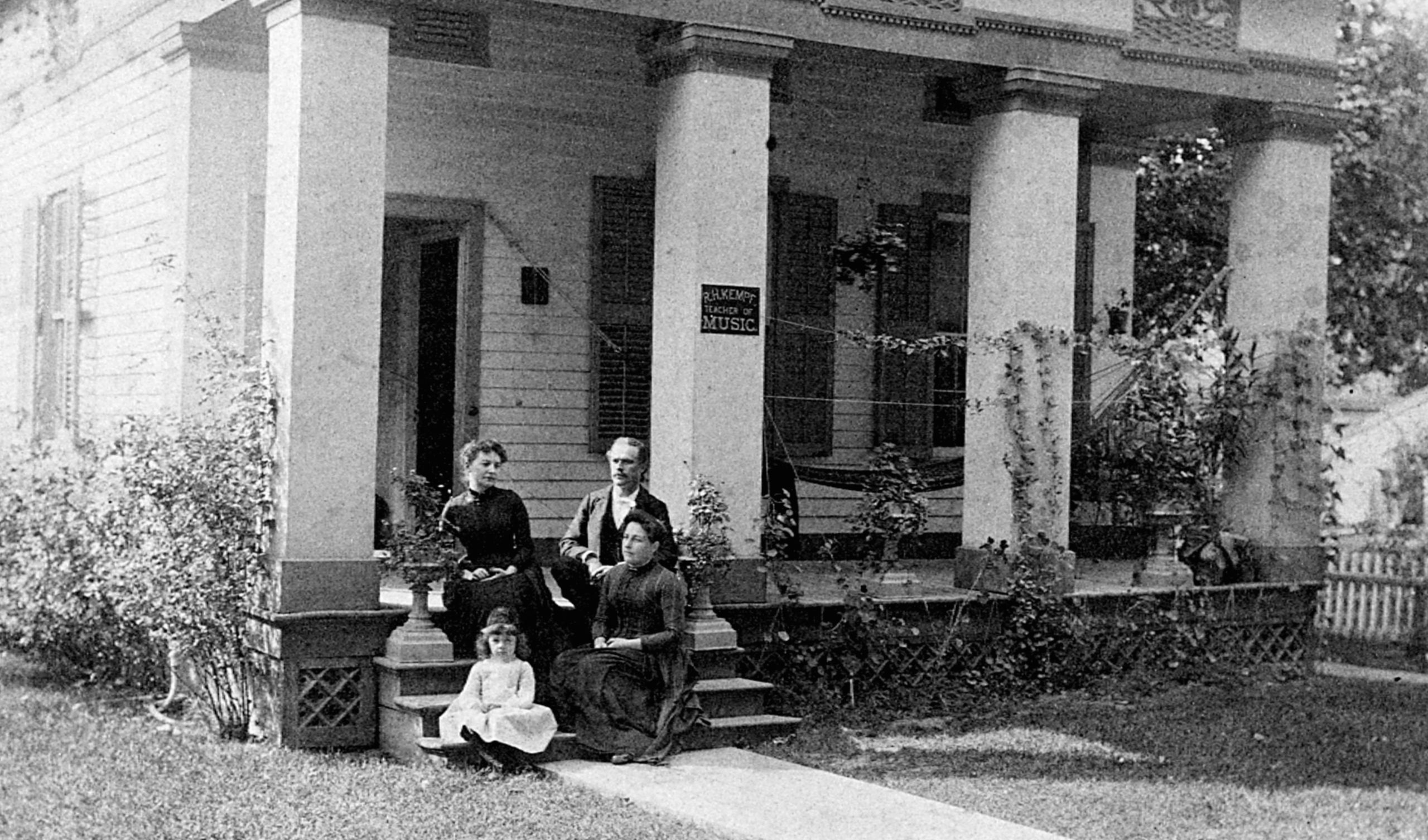
The Bennett-Kempf House
In 1888, the Kempf family moved into the house, where they resided until Pauline Kempf’s death in 1953. The family enjoyed a middle-class lifestyle and were active in shaping the musical history of Ann Arbor.
The Kempf Family
Reuben Kempf (1859 – 1945) was born into a well-to-do farming family near where Briarwood Mall is today. He studied music at the Royal Conservatory in Stuttgart, Germany, and taught piano and organ as well as directed the Lyra Men’s Chorus, U-M Glee Club, and St. Andrew’s Choir.
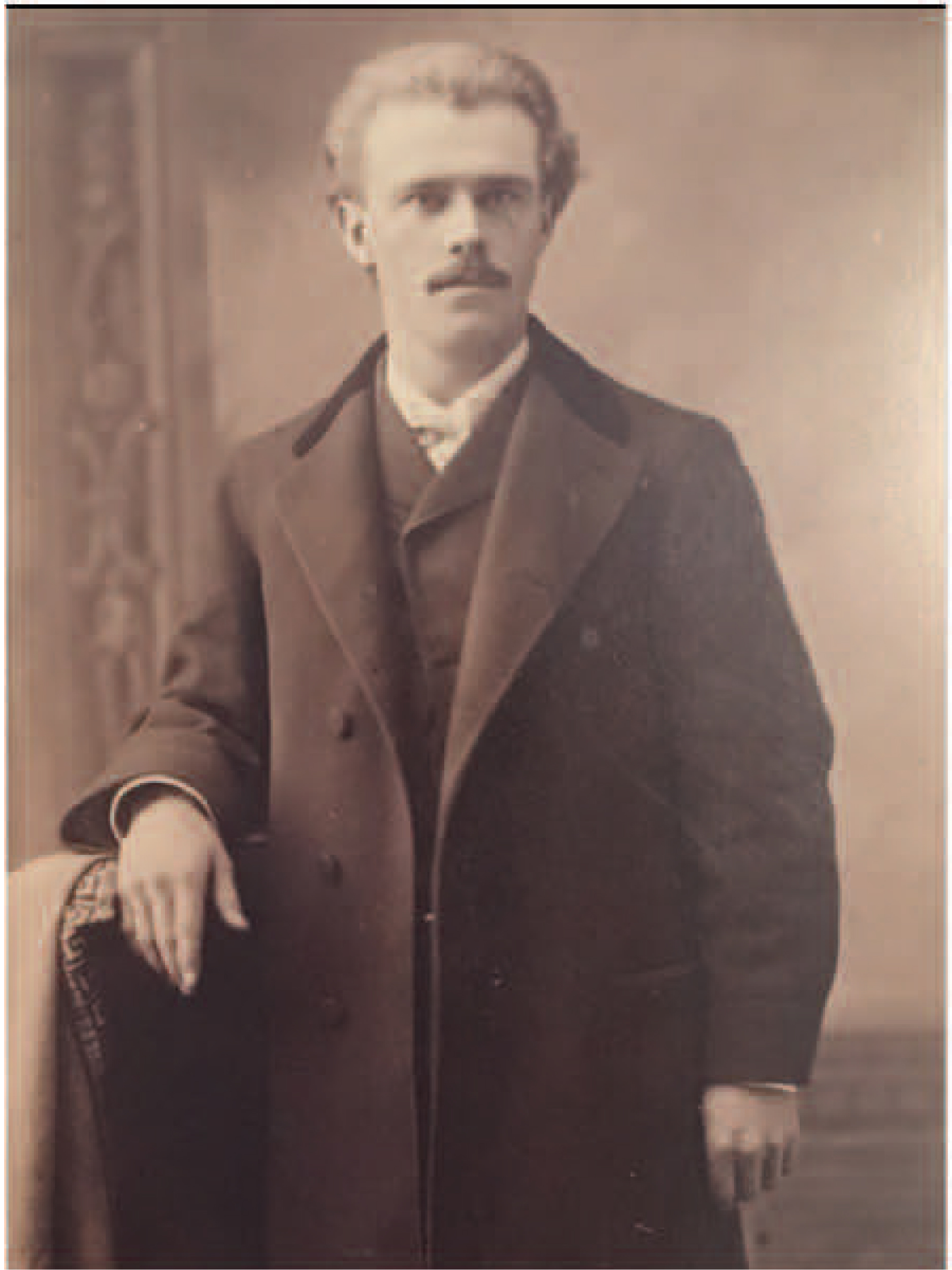
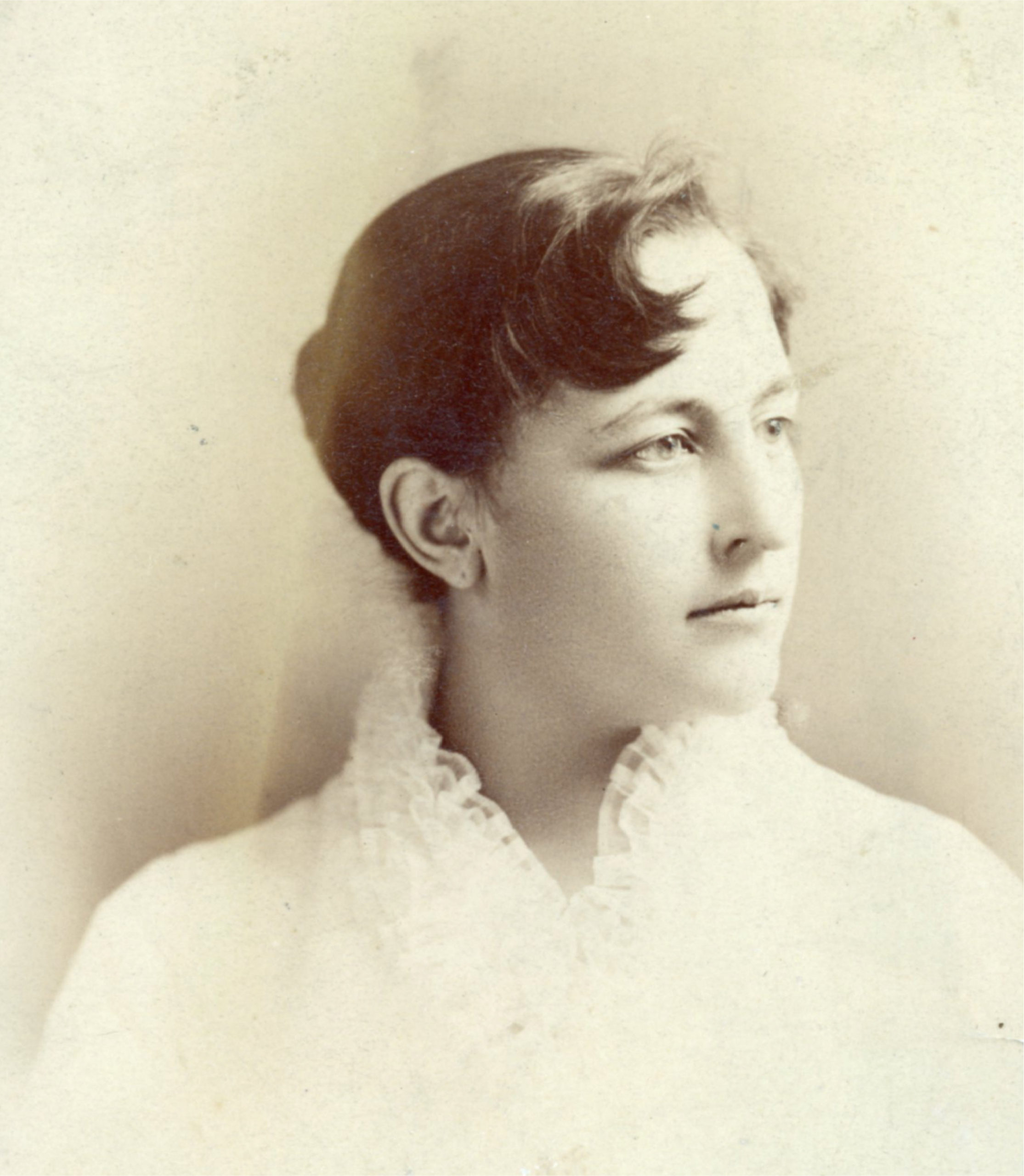
Pauline Kempf (née Widenmann) (1860-1953), born in Ann Arbor and educated at the Cincinnati Conservatory of Music, was a talented vocalist and taught voice both before and after her marriage. She was also an enthusiastic gardener.
Their children, Elsa and Paul were both raised in the house. Both attended university at a time when most Americans did not finish high school.
Pauline’s mother, also named Pauline or “Tante” Widenmann, lived with them for several years and ran a summer resort at Whitmore Lake. She wrote and published poems and essays on women’s issues.
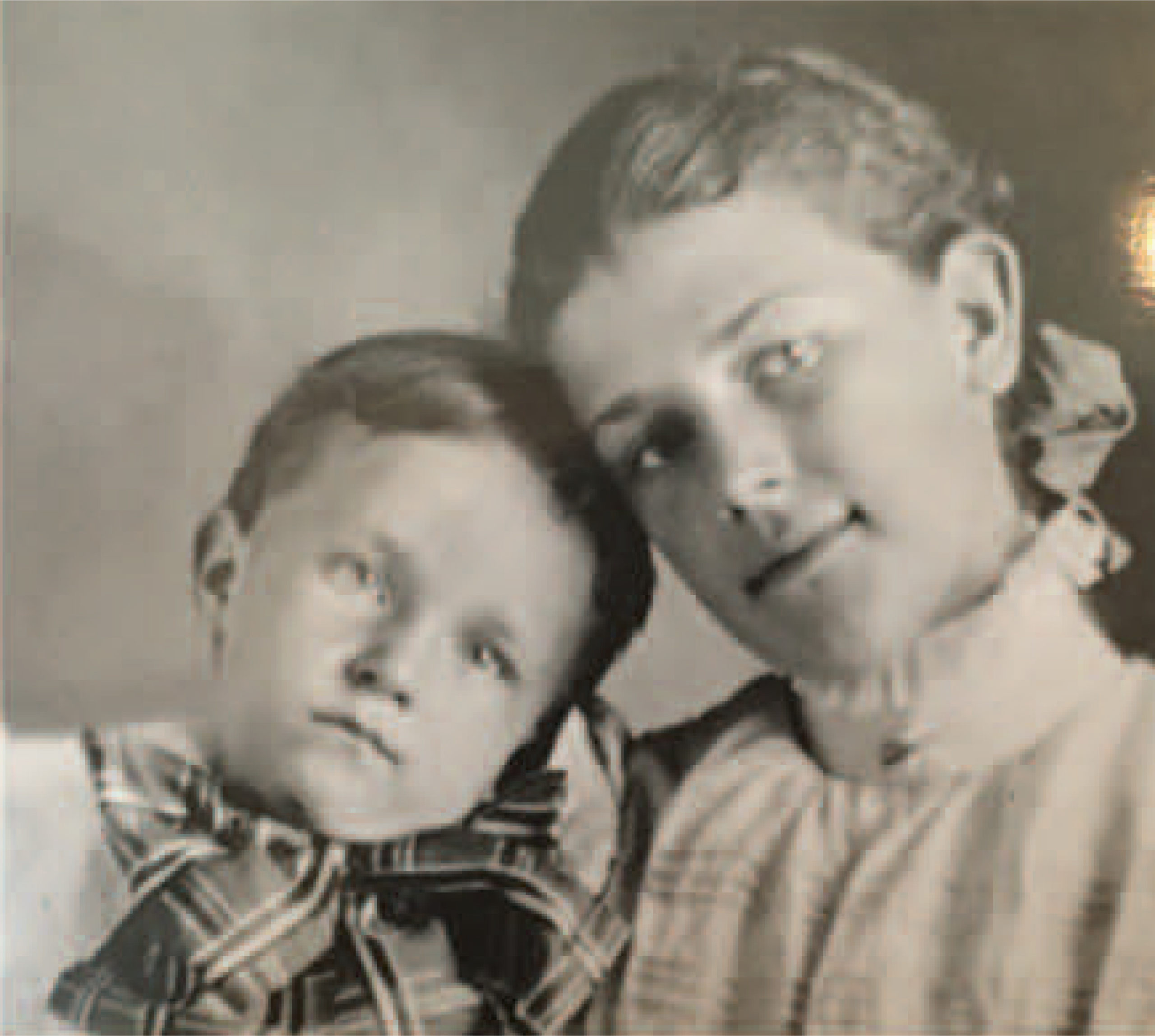
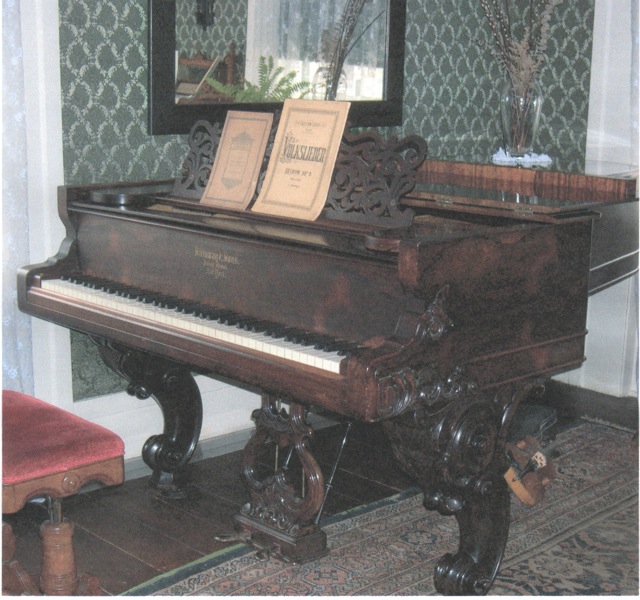
Music in the Kempf House
The Kempfs were one of the most prominent musical families in Ann Arbor. Central to their musical life was the 1877 Steinway grand piano. Thought to be the first “Grand” in the city, it was often borrowed by the University for concerts and recitals. The Kempfs hosted many famous singers and musicians, including opera singer Madame Schumann-Heink and Ignace Paderewski from the Royal Conservatory of Music in Stuttgart.
Town and Gown
At the time, the city was divided into “town and gown” – townsfolk and university students and faculty. Division Street itself was named so because it was considered the line at which the university stopped and the city began. Reuben created the Lyra Male Chorus, pictured with their “mascot” Elsa, to help foster connections between the townsfolk and U-M.
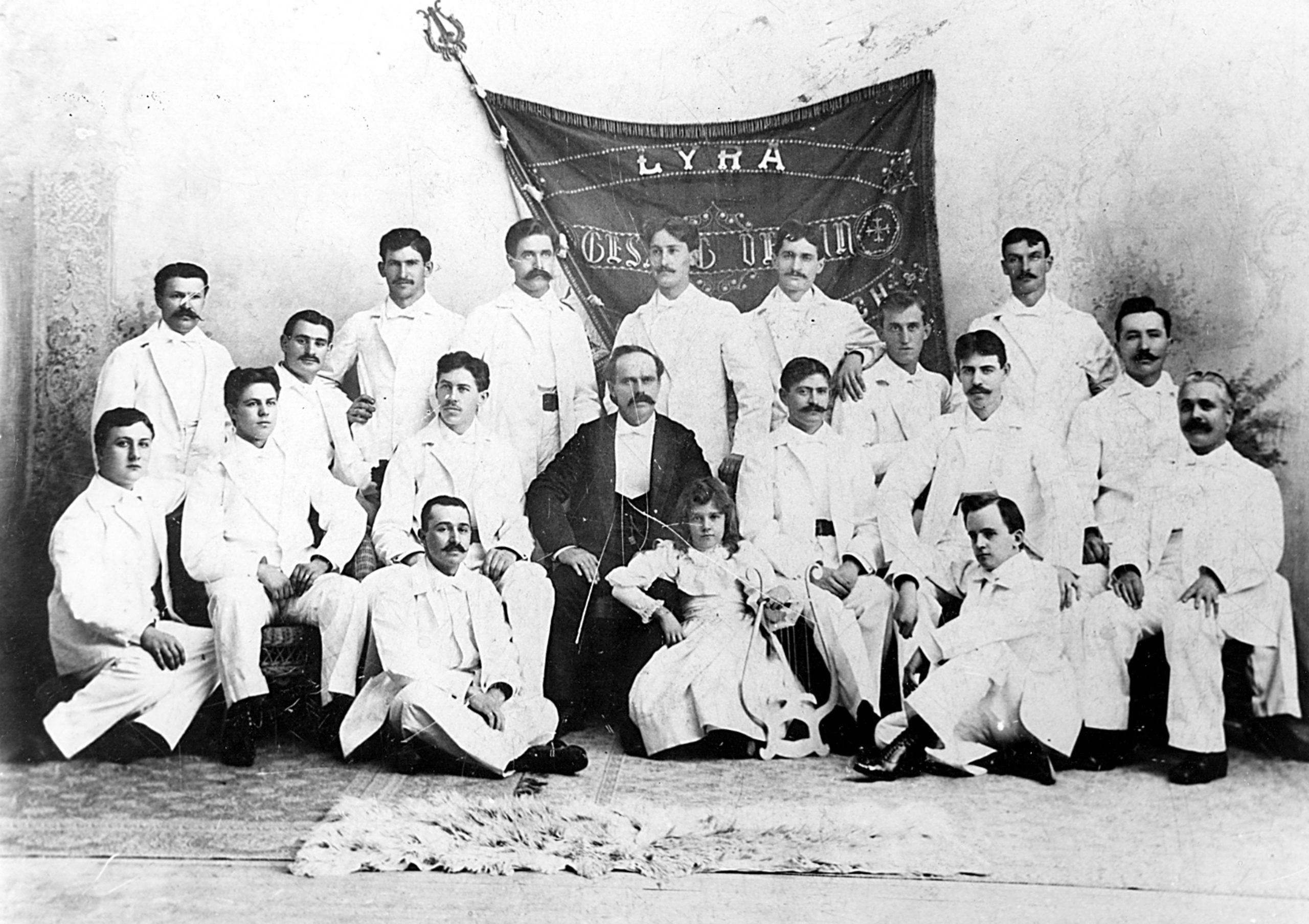

The Kempf Garden
Mrs. Kempf enjoyed gardening well into her later years. She was fond of roses and other flowers, but was perhaps best known for a rare Double Bloodroot (Sanguinaria canadensis var. ‘Multiplex’), found near the Huron River by two of her students, that she propagated and sold around the world. Another feature of the garden was the large Saucer Magnolia (Magnolia x soulangeana), which graced the lawn south of the front porch. Family photos in the museum archives hint that it may have been in the garden as early as 1898. It succumbed to old age in 2013, but a clone taken in 2007 was planted the following year and is growing vigorously in the same location today.
Qualities of a Greek Revival home

Decorative cast-iron window grilles – the anthemion design was evidently a stock item with local builders.
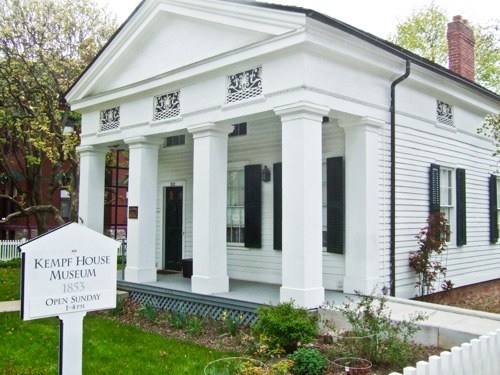
Columns – this squared-off shape was a more affordable style, designed to emulate the front of a Greek temple.
Life in old Ann Arbor
Over half of the population of Ann Arbor was of German heritage in the late 1800s. The Kempfs held onto many German traditions, while also embracing their identity as Americans. They attended (and sometimes organized) traditional festivals and groups such as Saengerfest; cooked and ate German foods; and had both German- and English-language books in their library. The children were taught German at home, although they rarely used it in their adult lives.
Technological Changes
The house changed with the times as new technologies arrived in the city. Gas pipes were added into the walls around 1858, though coal stoves and woodstoves helped provide warmth until radiators and a boiler were installed in the 1905. The first decade of the 20th century also brought indoor plumbing to the house, and by 1908 the outhouse (along with the carriage-house and woodshed) had been replaced by a garage.
